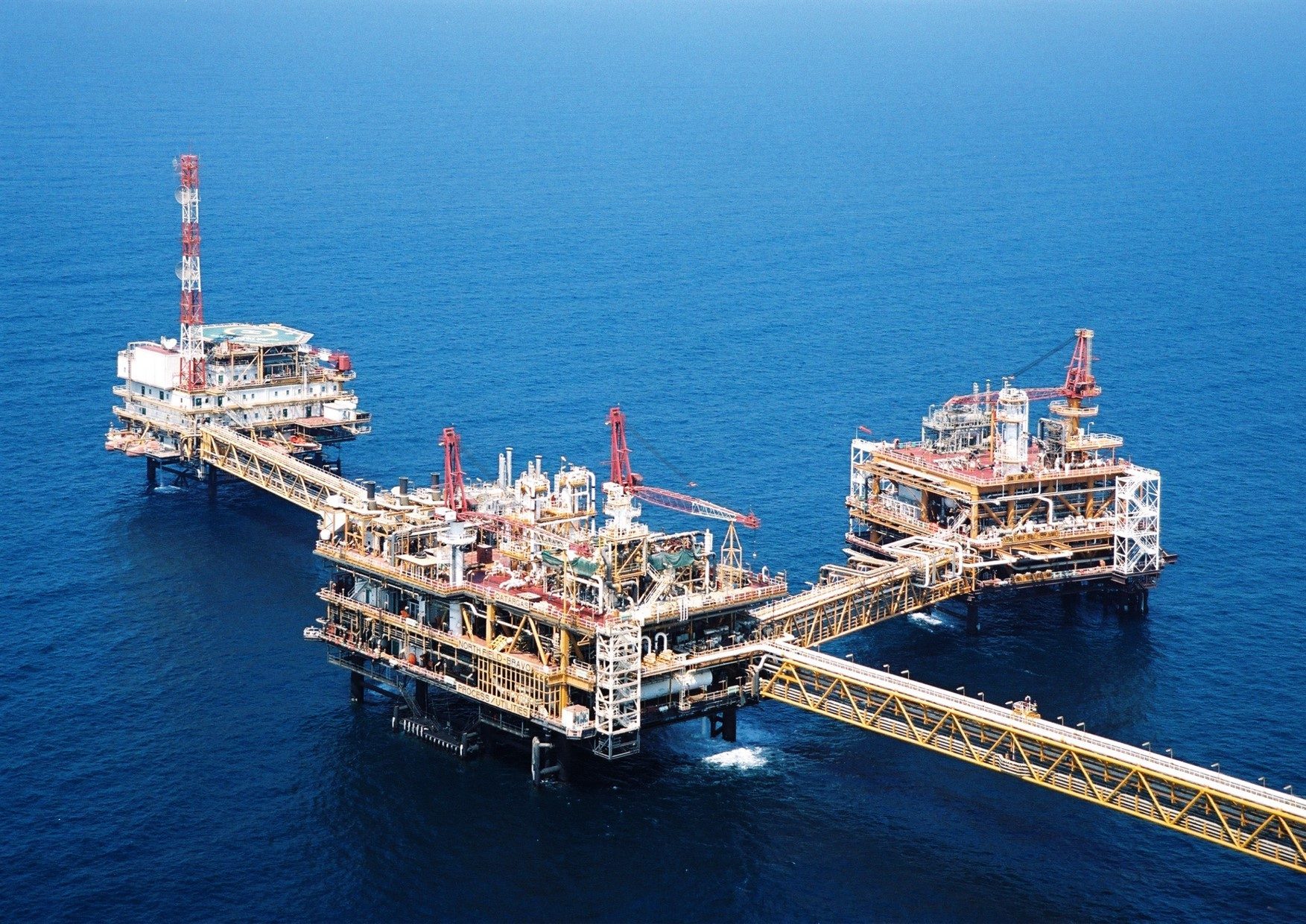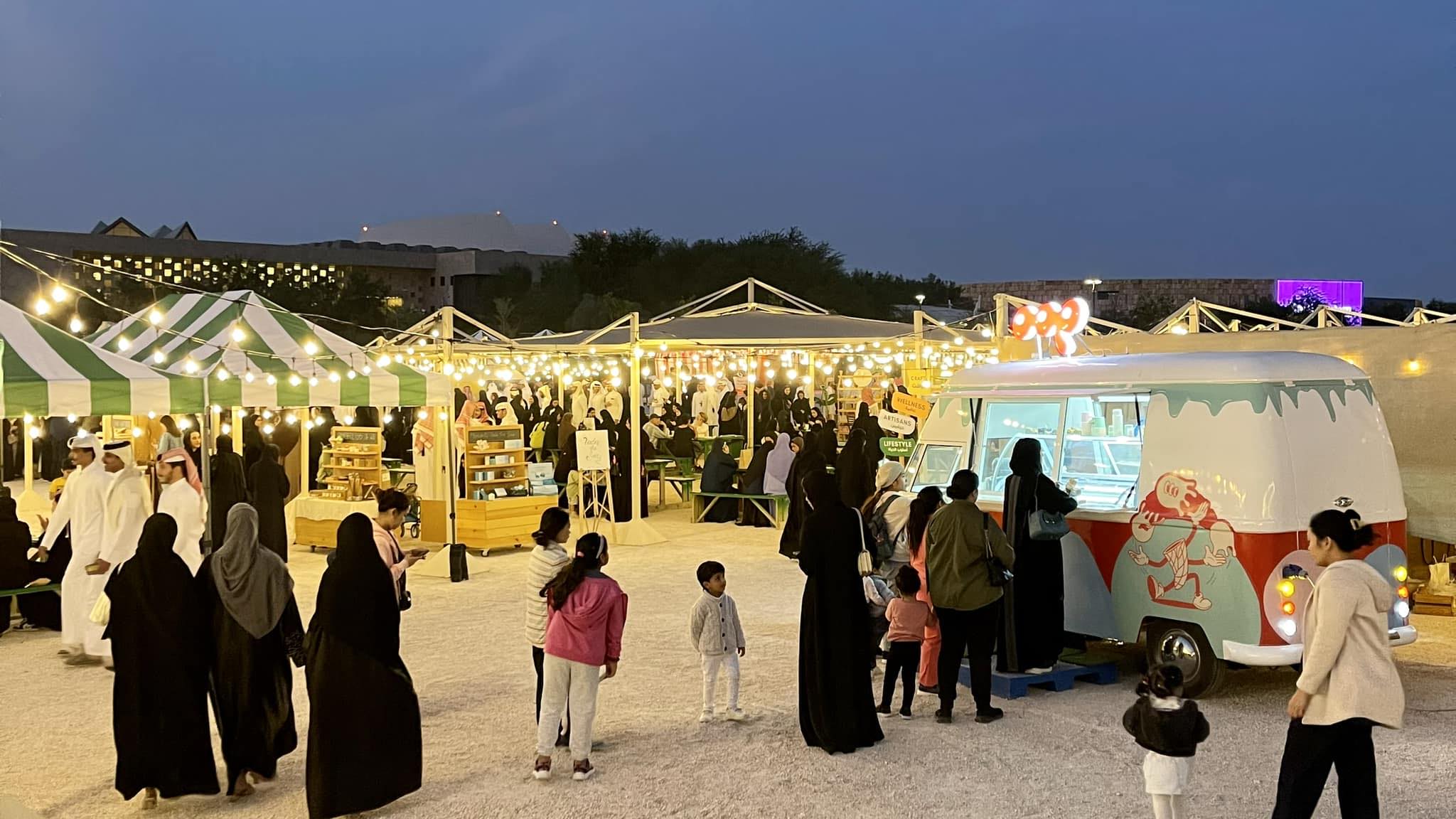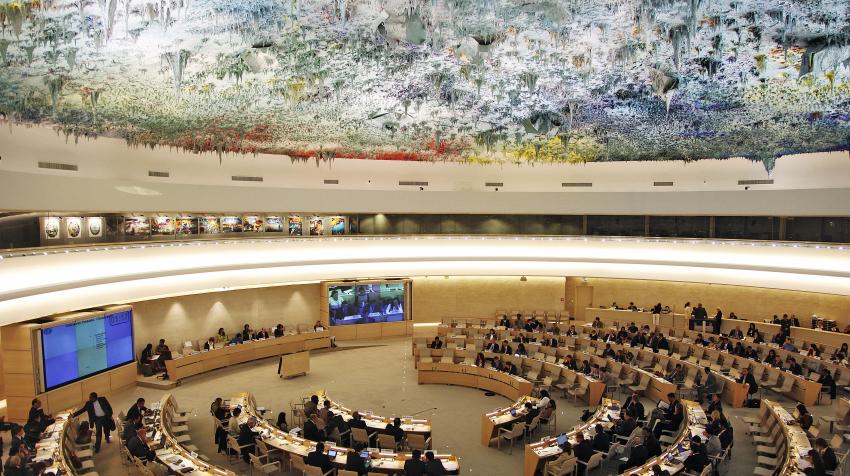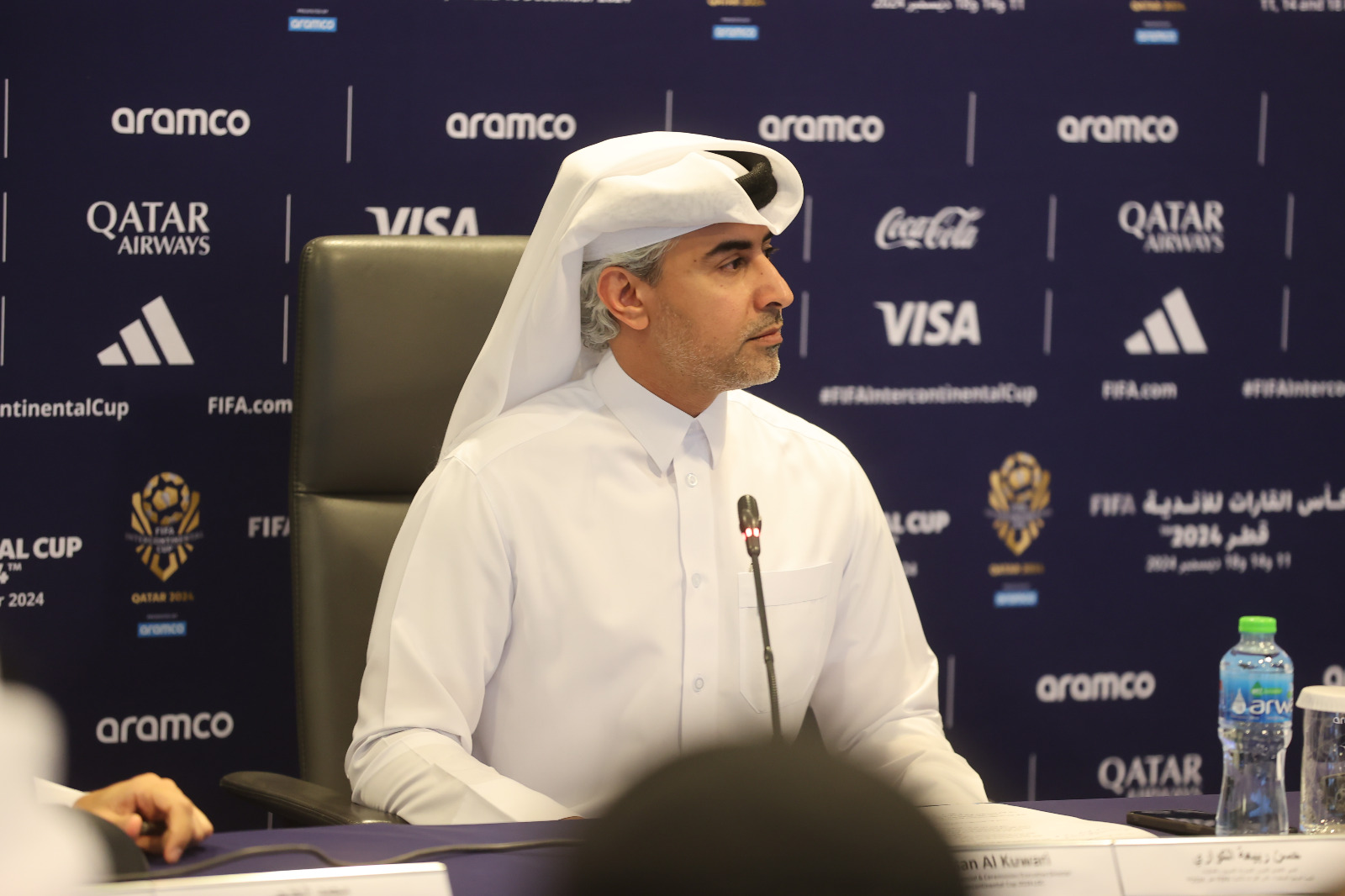The Ras Laffan mega trains will to increase the nation’s output capacity.
Qatargas has started building four new liquefied natural gas (LNG) mega-trains that will help lift its production capacity from 77 million tonnes per year to to 110 million tonnes per year.
“Ensuring Qatar’s continued global leadership in the production of Liquified Natural Gas (LNG), Qatargas has officially started construction of four new LNG mega-trains in Ras Laffan Industrial City to raise Qatar’s LNG production capacity from 77 million tonnes per year to 110 million tonnes per year,” the company said on Twitter.
‘Trains’ refer to an LNG plant’s liquefaction and purification facility.
LNG plant consists of one or more trains that convert natural gas into liquefied natural gas through liquefaction and purification processes. For natural gas to be transported from one country to another, its volume must be greatly reduced.
An LNG train is made up of a compression area, propane condenser area, methane, and ethane areas.
Qatargas’s LNG mega-trains are designed to maximise the size and drive cost advantages, increasing efficiency, and reducing liquefaction costs.
An earlier case study by Qatargas found that two Qatargas 2 trains more than doubled the production capacity of the three older trains at Qatargas 1, displaying the potential increase that comes with new technology.
#Qatargas #LNG pic.twitter.com/jTNJmHmXM8
— Qatargas (@Qatargas) October 17, 2021
Qatar has set its goal on becoming the world’s largest LNG producer by 2030.
As part of the plans, authorities announced QatarEnergy (previously Qatar Petroleum), will become the sole owner of Qatargas next year.
Qatargas was previously jointly owned by QP, Total, ExxonMobil, Marubeni and Mitsui, under Qatargas Liquefied Natural Gas Company Limited joint venture, or QG1 – the pioneering LNG projects to be developed in Qatar.
“The takeover by Qatar Petroleum will conclude more than 25 years of successful operations of QG1, from which the first ever Qatari LNG cargo was exported,” QP President and CEO and Minister of State for Energy Affairs Saad Al-Kaabi said at the time of the announcement earlier this year.
“This is a momentous event that highlights Qatar Petroleum’s efforts to further enhance the utilisation of our natural resources for the benefit of our country and its current and future generations as well as to continue serving the world’s need for cleaner energy,” Al-Kaabi added, referring to the previous name for the newly-unveiled QatarEnergy.
QatarEnergy has been gearing up to expand its gas production capacity with a $28.75bn North Field East Project (NFE).
Read also: Qatar ‘wise’ to disengage from OPEC to focus on LNG: analyst
The NFE, the world’s largest LNG project, will raise Qatar’s LNG production capacity drastically by 2025. In addition to gas, the project will also produce ethane, sulphur, and helium.
Later phases of the expansion, referred to as the North Field South Project (NFS), will further increase the Gulf states’ LNG production capacity from 110 million tonnes per year to 126 .million tonnes per year.







